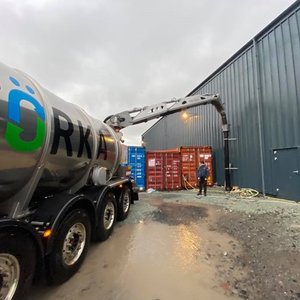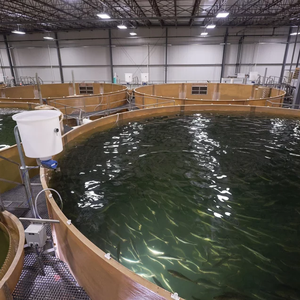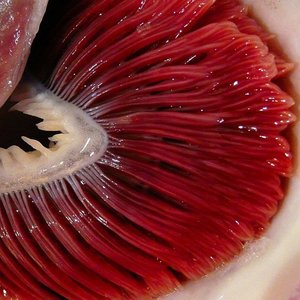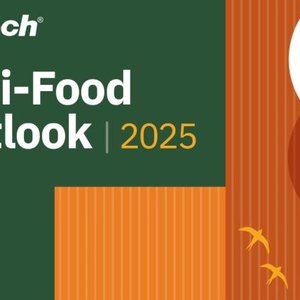In a recent online meeting, Russian executive authorities and Norwegian and Russian aquaculture companies discussed how to support Norwegian investors interested in aquaculture development in Russia.
Aquaculture is developing rapidly in Russia. For the first three quarters of 2020, the production volume exceeded 238,000 tons, 18% more than in 2019. More than 3,300 companies work in the industry, employing more than 13,200 people. “Industrialization is yet to come. More than half of the companies in the sector are small or even micro-businesses that grow less than 10 tons of products per year,” noted Vasily Sokolov, deputy head of the Russian Federal Agency for Fishery (Rosrybolovstvo).
Salmon farms are showing good dynamics. In the past five years (from 2015 to 2019), salmon production has doubled – from 44,900 tons to 90,800 tons. According to the results of the third quarter of 2020, the volume of salmon production increased by 25% - up to 92,800 tons.
Following the Strategy for the Development of the Fisheries Industry 2030, the volume of commercial salmon farming in the Northwestern Federal District should reach 120,000 tons in 2030. An additional volume of 30,000 tons will be provided through the construction of RAS farms. To guarantee the implementation of this complex project, the country must organize the production of fish seeds, as well as specialized feed. By 2030, at least 20 new fish hatcheries will be put into operation with an annual capacity of at least 1.6 billion fry.
The development of salmon farming in Russia is highly dependent on imports of fish seeds and feed. Ninety percent of fish seed is imported - 50% of fertilized eggs from Norway - and 85% of salmon feed is also imported.
To reduce the dependence on imports, work is underway to create selection and breeding complexes. A selection and breeding center is being built in Karelia, another is planned in the Republic of North Ossetia-Alania and a third one is being considered in the Murmansk region.
The country also plans to build feed mills in the Voronezh and Yaroslavl regions. Vasily Sokolov noted that the Norwegian experience will be very useful for the development of domestic feed production. Salmon farms need more than 150,000 tons of feed per year. Next year this figure will increase to 200,000 tons and in 2030 it may exceed 400,000 tons.
“Russian business buys technology, equipment and seeds mainly in Norway, since the country is the closest to us and with which there are close partnerships. That is, Russian investments go to Norway. We expect that the Norwegian business, in turn, will also consider Russian aquaculture as an area for investment,” said Sokolov.













